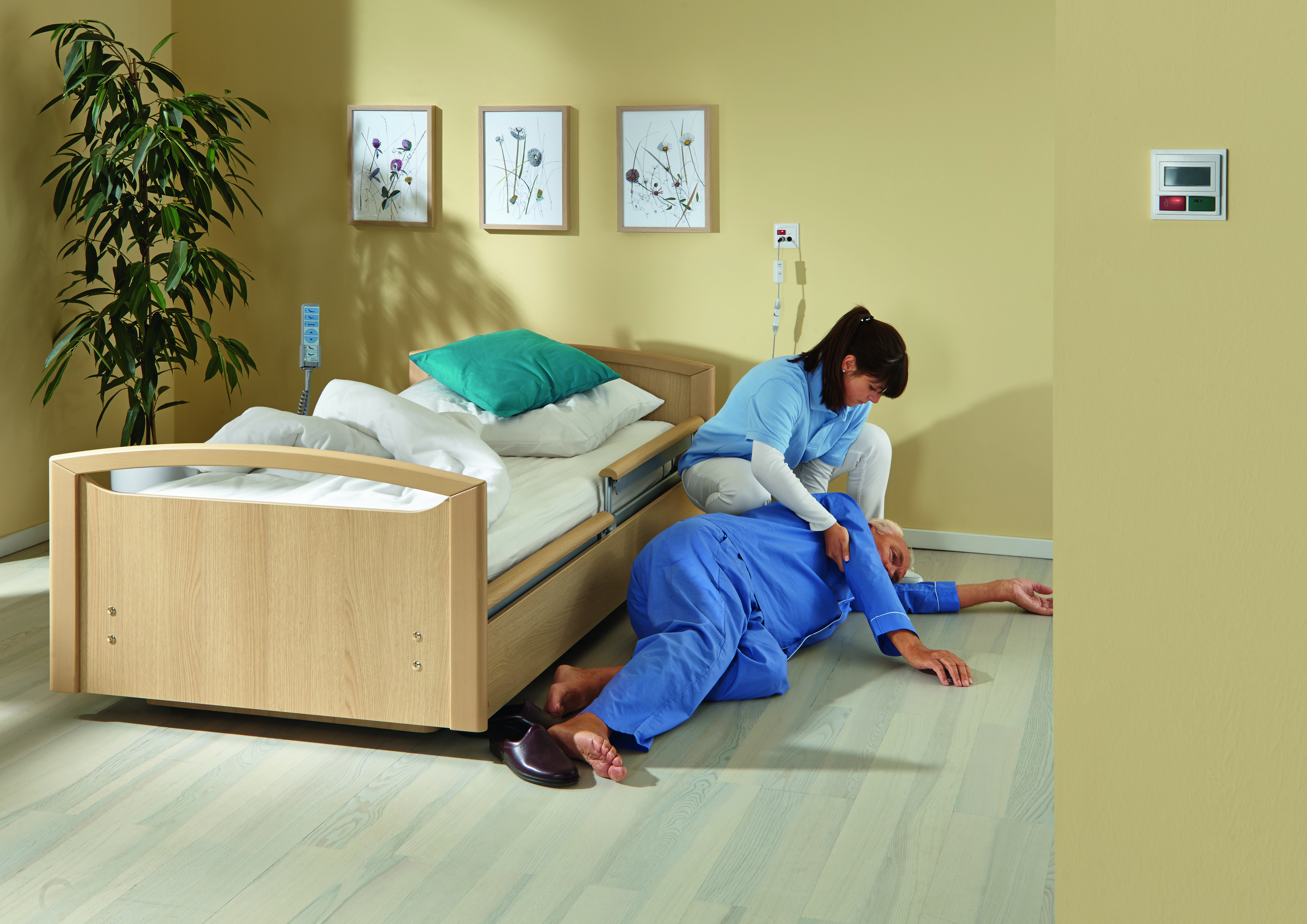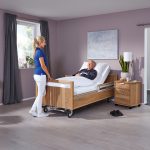The danger of falling increases with increasing age. Almost one-third of over-65s and half of over-80s suffer at least one fall each year. It is estimated that this will result in 5 million falls per year. Fortunately, many crashes have no serious physical consequences. Only 5% lead to a fracture, about half of which are femoral fractures. But a fall often leads to psychological consequences. Many sufferers lose confidence in their own performance and are often afraid of everyday processes in which independent walking is inevitable. This significantly restricts and reduces the movement, which can also be linked to a withdrawal from society or the social environment.
Physical consequences of a fall
Another disadvantage of lack of exercise is the relaxation of the muscles. Due to the non-existent movement, these are broken down and are extremely difficult to regain in growing age. This loss of muscle degrades balance and reaction time, which in turn increases the risk of falling again. The fear of the movement often leads to a withdrawal from social life and the loss of social contacts. Public events are no longer visited and even leave the house is no longer an opportunity. So the consequences of the fall can even double lead to loneliness.
Consequences for the nursing routine
But a fall does not only have consequences for the person affected. Even the responsible nursing staff is affected. Because: Every fall, whether with physical injuries or without, causes higher care costs. Due to the reduced mobility of the fallen and the resulting risk of falls, the load on nurses increases.
In order to avoid all the consequences of a fall, it is important to carry out an effective fall prevention with the inhabitants. There are a number of different therapies and measures to prevent falls. Not only one’s own physical activity, but also external factors play an immense role. There are different ways to prevent falls that can be used for different causes of a fall. Therefore, targeted interventions are preceded by a detailed history taking into account not only the risk factors and the diagnostic steps, but also the resources and needs of the person concerned.
Get to know the intelligent bed-exit sensor technology on this topic, which also ensures safety in everyday care.



Pingback: Safety for the resident - SafeFree side guards - care-trends.com